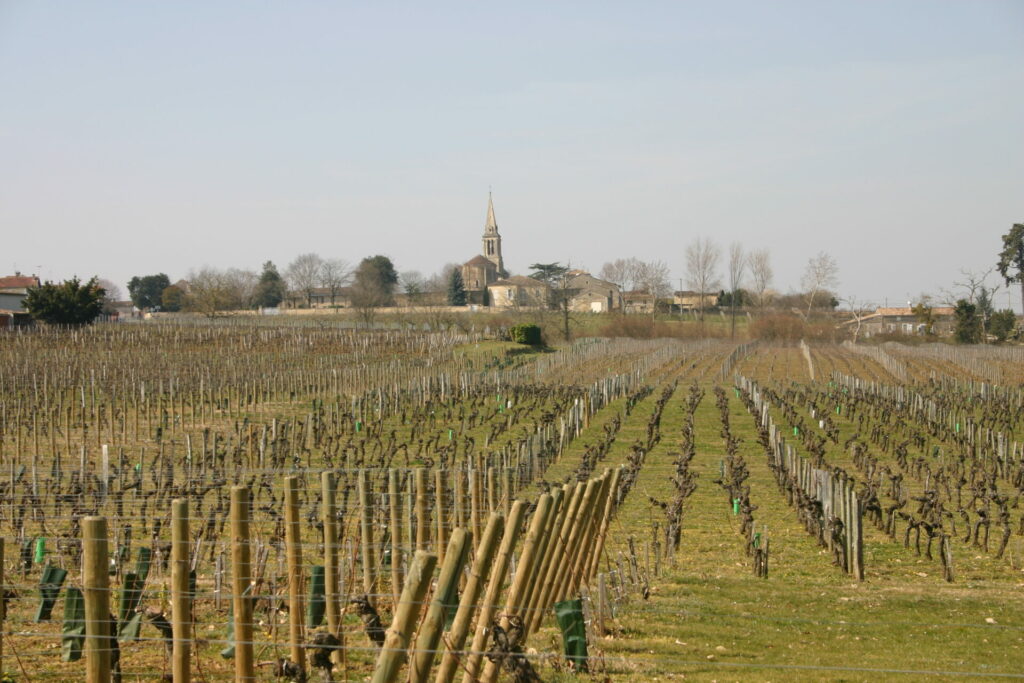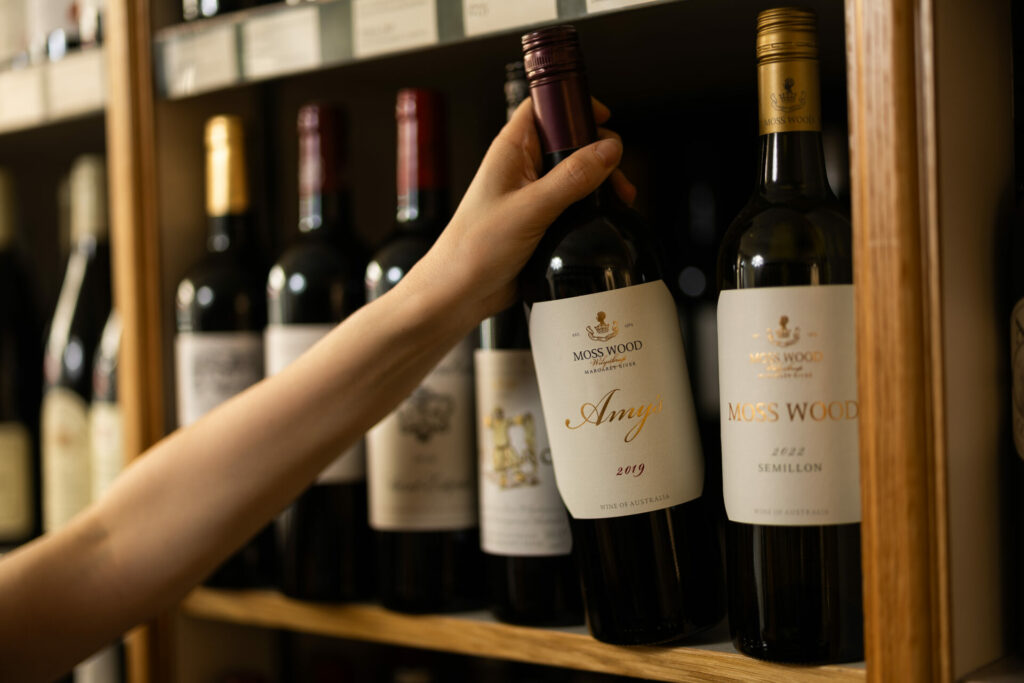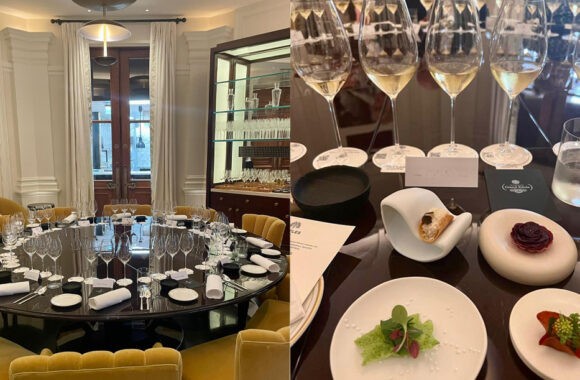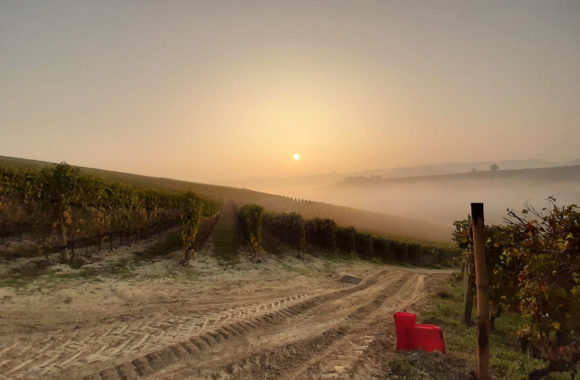
Is Bordeaux still the benchmark?
· Jeroboams Jeroboams on
The ‘Bordeaux blend’ – a wine made from any, or all, of the permitted Bordeaux varieties – has long been the calling card of ambitious wine regions. But do producers still look to the style’s spiritual home as the ultimate example to emulate?
Almost 50 years on, the Judgement of Paris remains a landmark moment in the annals of the wine world – particularly for California. When an august group of French wine critics favoured the Cabernets of the Golden State over the grands vins of Mouton-Rothschild, Haut-Brion et al, it marked a coming of age for the former. One could argue that the event had wider resonance, giving all producers in the ‘New World’ (a somewhat nonsensical term, given that Australia and California have been making wine since the mid-19th century) the confidence that their wines were worthy of competing on the global stage.
In the years that followed, countless tastings and events would pitch less established versions of classic wines against their French equivalents – and no iteration was more popular than the Bordeaux blend. Today, from Margaret River to Mendoza, Stellenbosch to Sonoma, Cabernet-based blends, made in an array of styles, are the calling card of many an ambitious wine region. But is Bordeaux still the benchmark by which all such wines should be judged?
There is no doubt that, at the fine-wine end of the market, it helps a wine’s status for it to be deemed the equal of a Médoc cru classé – particularly when it comes its ageability. The complexity that comes with cellar age is the hallmark of any fine wine, after all – though it is no longer the be-all and end-all.
At the turn of the millennium, the fashion outside Bordeaux was for ripeness, bolstered by the sweetness of oak – the more the better – with omnipotent critic Robert Parker decrying the likes of Napa scion Tim Mondavi for ‘chasing notions of Euro-elegance’. There was scepticism about how Parker’s favoured blockbusters aged, however, and today, such bombast has, in most parts, been scaled down. Bordeaux, meanwhile, has moved slightly the other way – a combination of warmer vintages and more rigorous viticultural practices meaning that the classed growths showcase a more velvety texture that makes them approachable earlier in their evolution.
In that sense, one could argue that the various styles of Bordeaux blends around the world have moved closer to uniformity. The greater prevalence of international travel, started by consultants such as Michel Rolland and now common among more outward-looking winemakers, has only furthered shared technical knowledge and best practice. Several Bordeaux producers have spread their wings to make wines further afield too, refining a trend begun by the headline-making partnerships between the globally active Rothschild family and Mondavi, Concha y Toro and Catena via its Opus One, Almaviva and Caro projects, respectively. Since then, the likes of Christian Moueix with Dominus (Napa Valley) and May-Eliane de Lencquesaing with Glenelly (Stellenbosch) have been followed by Napa outposts set up by the families behind Châteaux Smith Haut Lafitte and Pontet Canet, among others.
Yet speak to the incumbent winemakers in these regions, and they will talk of their drive to showcase the individuality of their terroir, rather than being preoccupied by Bordeaux. A sense of place has become integral to the ingredients of fine wine. Seeking to ape an established style, by contrast, betrays a defensive, imitative – and inauthentic – mentality.
When Marilisa Allegrini of the storied Valpolicella family dynasty decamped to Tuscany to make wine from Bordeaux varieties, she was, she says, inspired by the names of Bolgheri, not Bordeaux. She also stressed how Bolgheri’s warm Mediterranean climate and cooling coastal wind is completely different to the Atlantic influence felt in Bordeaux, elements that shine through in the cherry fruit, tobacco leaf and Mediterranean herb notes often found in the top wines of the Tuscan Coast.
Bordeaux, by contrast, is known for its signature savoury blackcurrant and cigar box tones. Margaret River shares some of these qualities, though often with a more pronounced menthol freshness. Napa, on the other hand, is still associated with that richer, vanilla-led, chocolate/coffee character (often via the use of oak) that offers such immediate hedonistic appeal.

Of all the ‘New World’ arrivistes, Margaret River’s conditions arguably have the most in common with Bordeaux, via its ocean influence, temperate climate and gravel soils (though its growing season is far drier). Certainly there are comparisons to be drawn in the harmonious marriage of savouriness and acidity realised by a prime exponent like Moss Wood. On the other hand, from a historical standpoint, the Western Australian region has a more obvious synergy with Napa Valley, with a wave of pioneering producers having set up camp in the 1970s, and spawning an industry that has swelled to nearly 200 different wineries today.
There is, though, one big difference, which critics can often overlook. Price. ‘Take Moss Wood,’ says Jeroboams wine director Peter Mitchell MW. ‘Its top wine is, to my mind, the equivalent, in quality terms, of a [Bordeaux] second growth – but at a fraction of the price’. By the same token, the quality of most Bordeaux classed growths’ second wines would today bear comparison with the grands vins of 20 years ago, while the value end of the region – long derided as its weak spot – has made enormous strides in recent years, notably in appellations such as Entre-deux-Mers, and forward-looking producers such as Clos de la Molénie and Château Le Roc.
Ultimately, as with all wines, comparisons will always be drawn – that’s part of the fun. It is the diversity of Bordeaux blends that explains the endless appeal of this galaxy of wines, after all – even if Bordeaux itself is no longer quite such a lode star.







